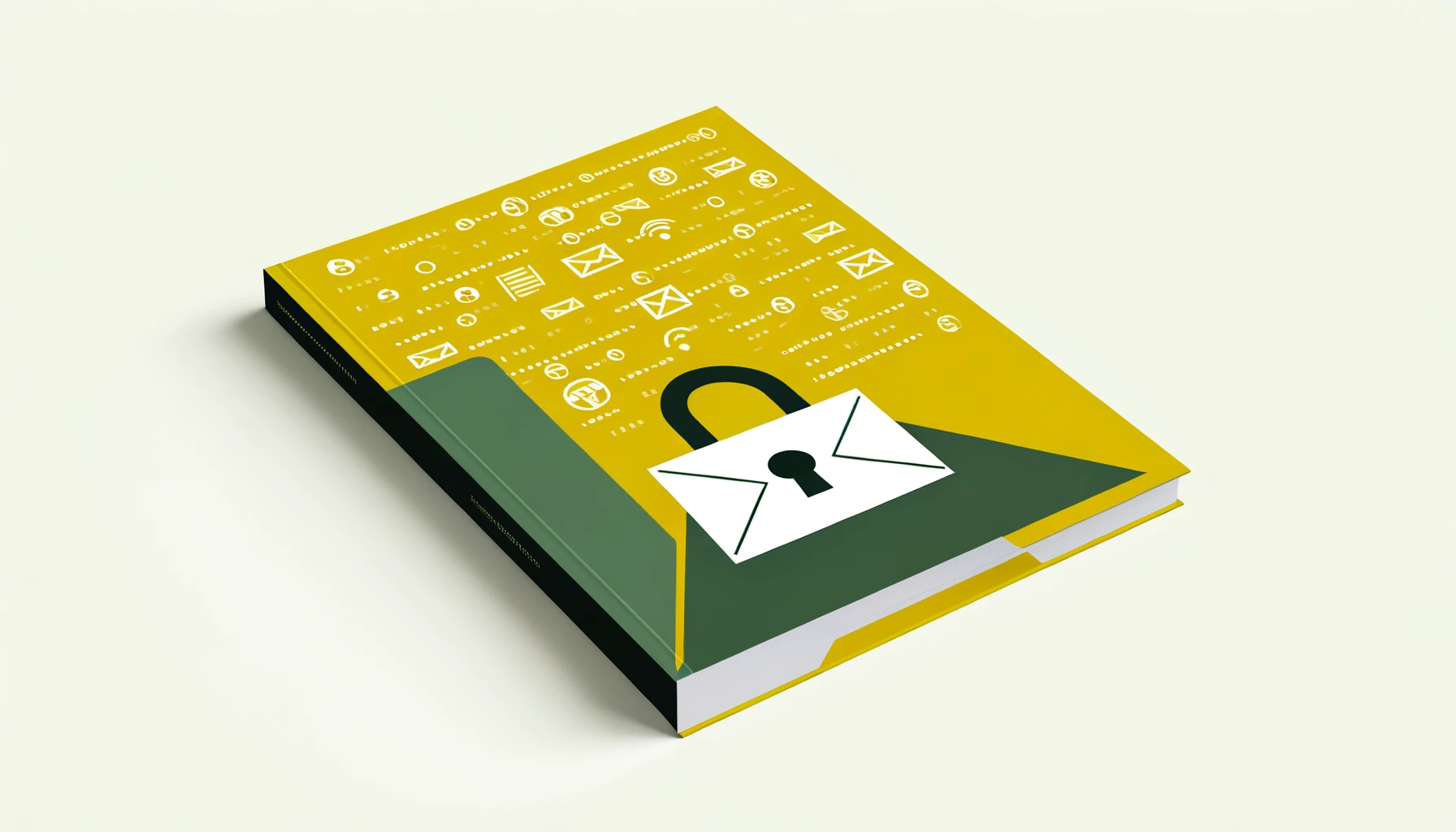
Despite the rise of messaging services, email continues to be the primary channel for business communication. Not only is email use growing, security breaches through email are also growing. Email is a common vector for cyber-attacks, including phishing, malware distribution, and other forms of security breaches. The increase in email use, especially without adequate security measures, can lead to a higher incidence of these breaches.
Introduction to S/MIME
S/MIME is a standard protocol that utilizes Public Key Infrastructure (PKI) to secure email communications. It encrypts emails to protect sensitive information and digitally signs them to verify the sender’s identity, ensuring that messages remain confidential and authentic from sender to recipient.
Imagine a scenario where Alice, a project manager, needs to send sensitive project details to Bob, her team lead. By employing S/MIME, Alice ensures that the email content is encrypted, so only Bob, with his private key, can decrypt and read the information. This process underscores the dual benefits of confidentiality and integrity S/MIME brings to digital communications.
What is S/MIME?
S/MIME enhances email security with Public Key Infrastructure (PKI) and asymmetric encryption, focusing on three key areas:
-
Authentication: Ensures that the recipient can verify the email’s origin, confirming that the message is indeed from the purported sender.
-
Encrypting Email Content: Only the intended recipient with a corresponding private key can decrypt and read the message, safeguarding the information from unauthorized access.
-
Digitally Signing Messages: This confirms the sender’s identity and assures the message hasn’t been altered, adding an extra layer of security against phishing and spoofing attacks.
Building on our example, if Alice’s email is intercepted during transmission, the encryption ensures that the content remains unreadable to anyone except Bob. Furthermore, Bob can trust the email’s authenticity due to Alice’s digital signature, which verifies her as the sender.
How Does S/MIME Work?
S/MIME’s approach to encryption and digital signing is based on a system of paired keys:
-
Public Key: Used to encrypt messages sent to the key owner and to verify digital signatures they create. It’s shared openly without compromising security.
-
Private Key: Used to decrypt messages received and to digitally sign outgoing messages. It’s kept securely by the key owner and never shared.
Key Benefits of S/MIME
S/MIME adoption enhances email communication protocols by offering:
-
Confidentiality: Protects sensitive information from being intercepted by encrypting emails in transit.
-
Identity Verification: Digital signatures reduce the risk of email spoofing and phishing by verifying sender identity.
-
Compliance with Regulations: Helps organizations meet legal and regulatory requirements for data protection and privacy.
-
Trust and Reliability: Builds trust with clients and partners by ensuring that communication is secure and authenticated.
How to Implement S/MIME?
Choosing an S/MIME Certificate
Choosing the right S/MIME certificate involves assessing needs for validation and security:
-
Organization Validation (OV): For organizations, adding a verification layer to confirm the business’s legitimacy.
-
Individual Validation (IV): Offers the highest level of assurance by validating personal identity.
For Individuals
-
Obtain an S/MIME certificate from a trusted Certificate Authority (CA). For a “First Name / Last Name” validated identity choose an individual validation or “IV” certificate
-
Install the certificate in your email client, such as Outlook, Apple Mail, or through third-party extensions for Gmail.
-
Configure your email client to use the certificate for encrypting outgoing emails and verifying incoming signatures.
For Organizations
-
Determine the validation level of certificate required (Basic / email identity only, Organization Validation, or Individual + Organization Validation) based on your organization’s needs.
-
You can use protocols such as LDAP (Lightweight Directory Access Protocol) or endpoint management tools like Microsoft Intune to streamline the certificate lifecycle process.
-
Distribute certificates to employees, guiding them through the installation and configuration process in their email clients.
-
Implement policies to enforce the use of S/MIME for all outgoing and incoming emails.
As Alice navigates through these steps, she ensures the security of her communications with Bob and sets a standard for email interactions within her team, highlighting the importance of a comprehensive approach to S/MIME implementation.
Ensure the security of your email communications. Purchase S/MIME certificates from SSL.com to encrypt your emails and digitally sign your messages.
Practical Considerations for S/MIME Management
Ongoing Certificate Management
Effective S/MIME implementation requires active certificate management:
-
Renewal: S/MIME certificates have a finite lifespan. Timely renewal is crucial to maintain uninterrupted email security.
-
Revocation: In cases of security compromise, revoking and replacing certificates promptly is essential.
-
Backup and Recovery: Securely backing up private keys and certificates ensures recoverability in the event of data loss.
Staying informed about advancements in encryption technology and adapting security policies to reflect best practices ensure that S/MIME’s benefits are maximized.
Conclusion
S/MIME is indispensable in securing email communications, offering essential tools for encrypting messages and verifying sender authenticity. By implementing and managing S/MIME effectively, users can significantly bolster their defense against cyber threats, ensuring a secure and trustworthy digital communication environment. As the digital landscape evolves, the strategic application of S/MIME remains a cornerstone of email security protocols, safeguarding the integrity and confidentiality of digital exchanges.
For bulk S/MIME certificate orders, please fill out our bulk order form here. Refer to our bulk order guide for more information.


